
The Memory Center Platform (MCP) is an important result of SO- CLOSE Project realized as a content manager for materials (media files, documents, weblinks, etc…) that will be gathered in different locations. The MCP can be used by users (Cultural Institutions, academics, artists, general public) to: search, visualise, share, aggregate, create new cultural heritage material about refugees and migrants.
The MCP web application can be accessed by any personal computer via a web browser that supports HTML5 and WebGL. A fast internet connection of at least 30 Mbps is strongly suggested. To improve performance and achieve smooth playback, video content will be transmitted by a video streaming server (AWS Amazon Streaming server).
The main purposes of MCP are:
-to have information to build new stories or enrich stories already created using the TOOLS;
-to have a unified container for all the atomic contents produced by Cultural Institutions;
-to obtain contents also coming from external sources (internet);
-to provide Cultural Institutions with the possibility of having a public SHOWROOM, useful for the dissemination of Stories, Webdoc videos, social posts or other contents, to expose topics related to the cause of migrants and refugees to all public users of the Cultural Institution.
The Memory Center Platform (MCP) manages four classes of users:
-The MCP System Administrator (Superuser)
-A set of Cultural Institution (CI Administrators), one for each CI
-A larger set of professional users, authorized by at least one CI (CI Collaborators)
-The general public (unregistered users), who can only view and share MCP content via the SHOWROOM public section (StoryMaps, WebDocs and Virtual Exhibitions).
The MCP Home Page can be viewed by all users registered or not (Fig. 1).
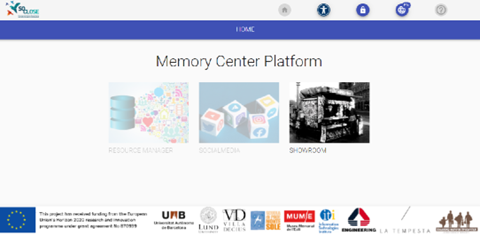
Fig 1: MCP Home Page
As we can see in the figure above, in absence of a login the screen area shows only the “SHOWROOM” section, as active.
Clicking on the Showroom image, any user can proceed to view content from a specific CI, by choosing among the CI managed by the MCP (Fig. 2), as we will see in the section of this article dedicated to the Showroom.
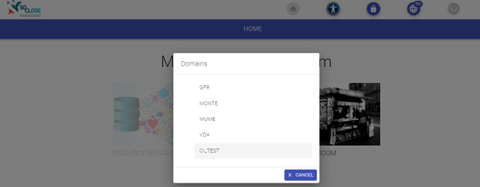
Fig 2: Choice of the CI
Main Page for Registered Users
After a successful login, the home page will feature all sections as active (Fig. 3).
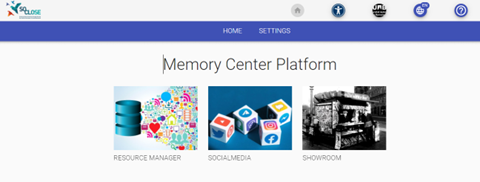
Fig 3: Active sections for registered users
Let’s look at them in more detail:
-Resource Manager: to add new content or manage attributes for content already stored in the MCP.
-Social Media: to search social content by keyword.
-Showroom: to show and filter all html5 approved for publication; these items can be complex content items, as it is the case for the So-Close “PROJECTS” (story maps, web docs, and virtual exhibitions) developed by La Tempesta TOOLs, which are among the most important items in this category, but also atomic content items (such as a video or a picture).
Therefore, let us look in detail at what functionalities the various sections offer.
Resource Manager
This section is accessible to registered users for a specific CI and contains all content that a CI is interested in storing and also linking. The interface of the Resource Manager looks like the figure below (Fig 4):
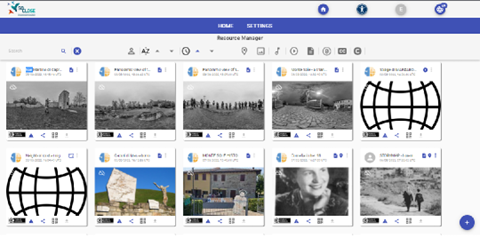
Fig 4: Resource Manager Interface
Each content items in the resource manager features many clickable icons, through which various functions can be activated, including:
-view the content and its metadata in full screen;
-view a map with the position of all content items;
-access a map;
-delete the content;
-edit the content;
-duplicate the content;
-view the rights according to the creative common definitions;
-visualize the disclaimer informations on contents usage;
-get and share the link to the content item;
-produce a QR code;
download a copy of the content on the user PC.
The user can add new web content (Fig 5).
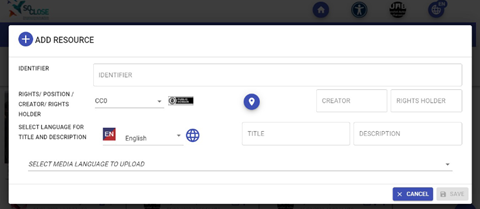
Fig 5: Resource Manager – “Add Resource” Page
This section allows the user to insert:
-“IDENTIFIER” as name that identifies the resource
-”RIGHTS” as the rights associated to the content (Eg. CC0, CC-BY-SA etc)
-”POSITION” as geographic coordinates associated to the content
-“CREATOR” as the person name or institution name that is creating the content)
-“RIGHTS HOLDER” as the person/institution which holds the rights
-“LANGUAGE FOR TITLE AND DESCRIPTION” the Language for the title and the description. The language may be different from the content languages (e.g. a video in Spanish with an English title anddescription). It is possible to associate many languages for the title and description of the same content
-“TITLE” the title of the content
-“DESCRIPTION” the description of the content
-“MEDIA LANGUAGE” the media language (may be different fromthe title and description)
“FILE or URL” the definition of the file type, it define if the file is tobe loaded from the user’s PC or if it is identified by a URL.
After entering the new resource metadata, the user has to press the “save” button to add the new resource to the MCP.
Showroom
As already mentioned, the Showroom section can be viewed by all users. The main area shows a set of cards, one for each content item in the showroom (Fig. 6).
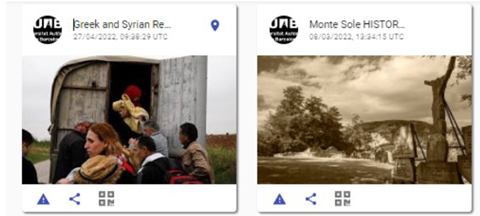
Fig 6: Showroom Cards
Each tab has a central cover image, an upper area showing the name of the content, the author and the date of creation, and a number of clickable icons at the bottom, through which the following functions are enabled:
-to get and share the link to the content item;
-to produce a QR code;
-to visualize the usage terms for MCP content.
Social Media Section
This section allows the user to search for social content on Twitter and Youtube and also to crawl articles and content from websites that deal with interesting topics on migration and refugees.
In the following articles, we will explore this interesting section of the system in more detail.



